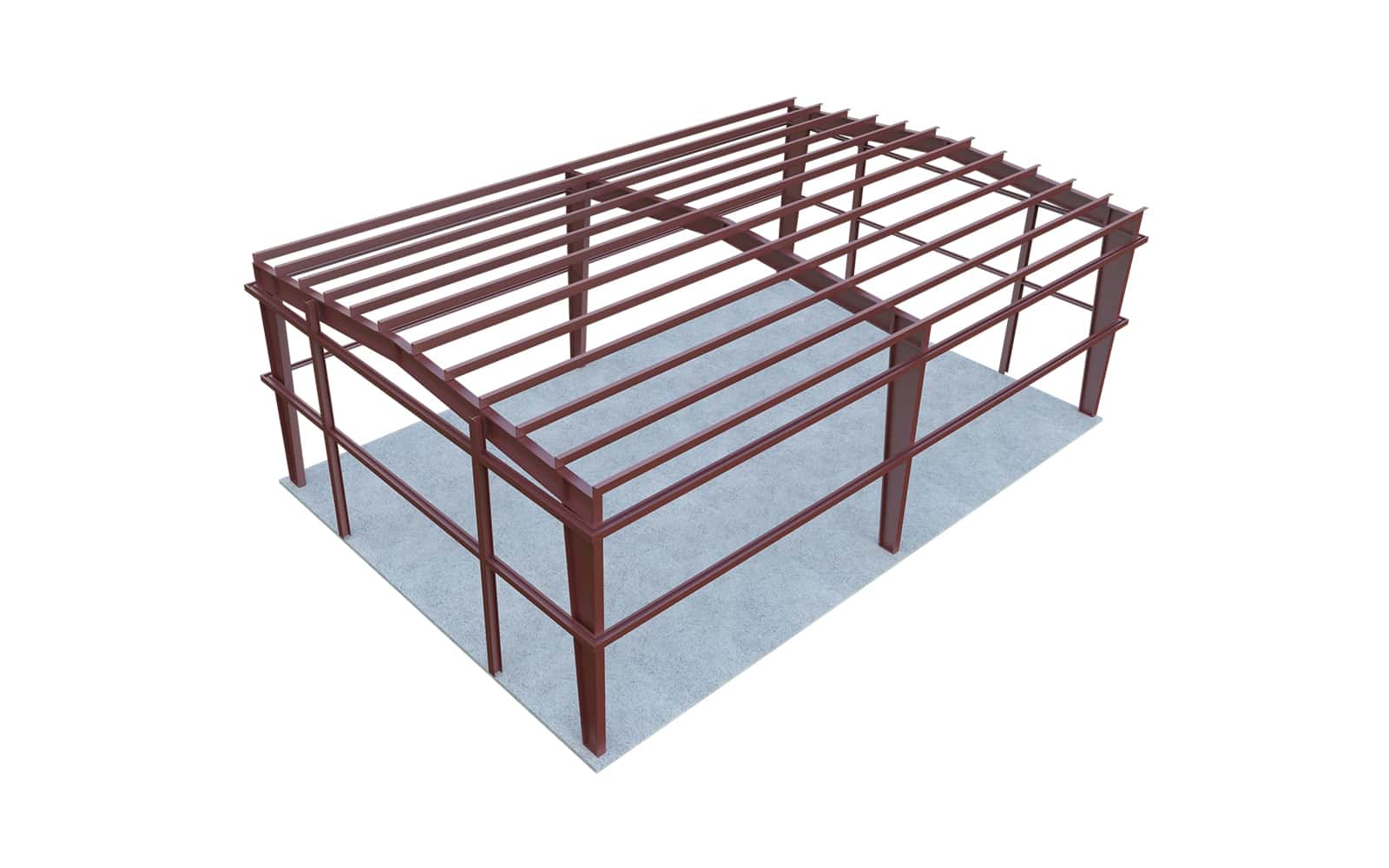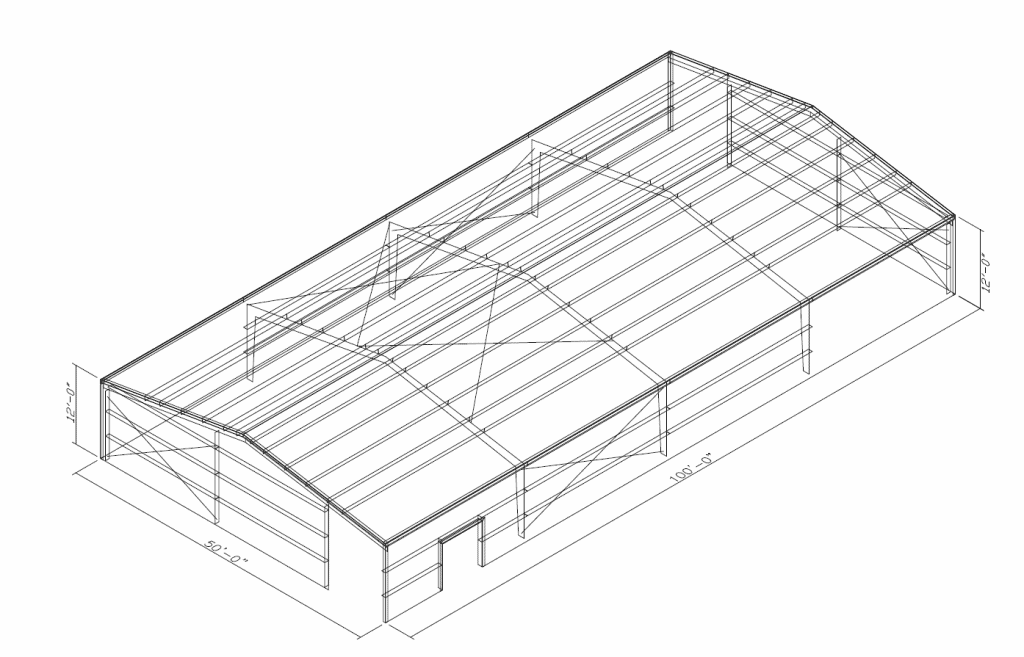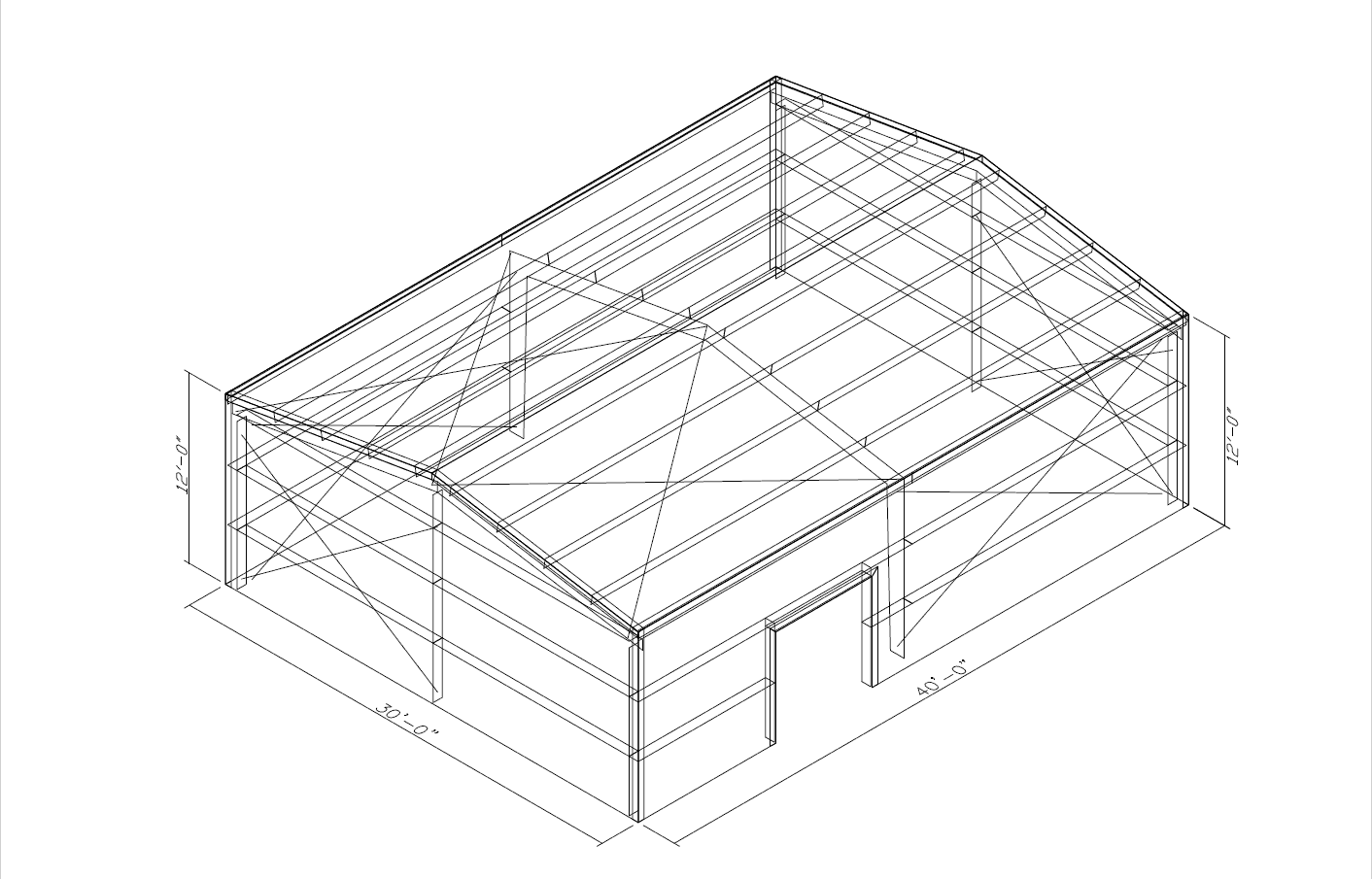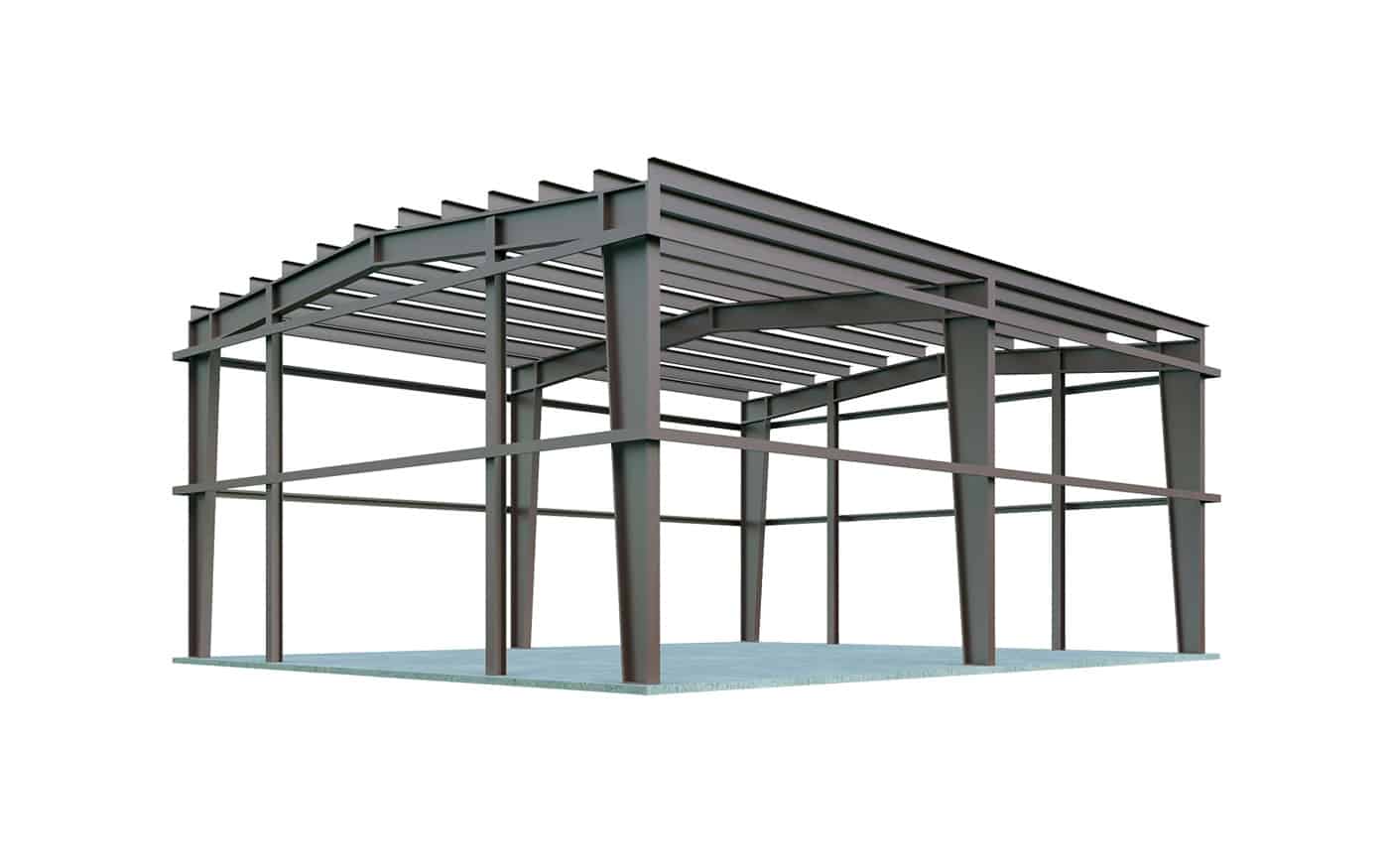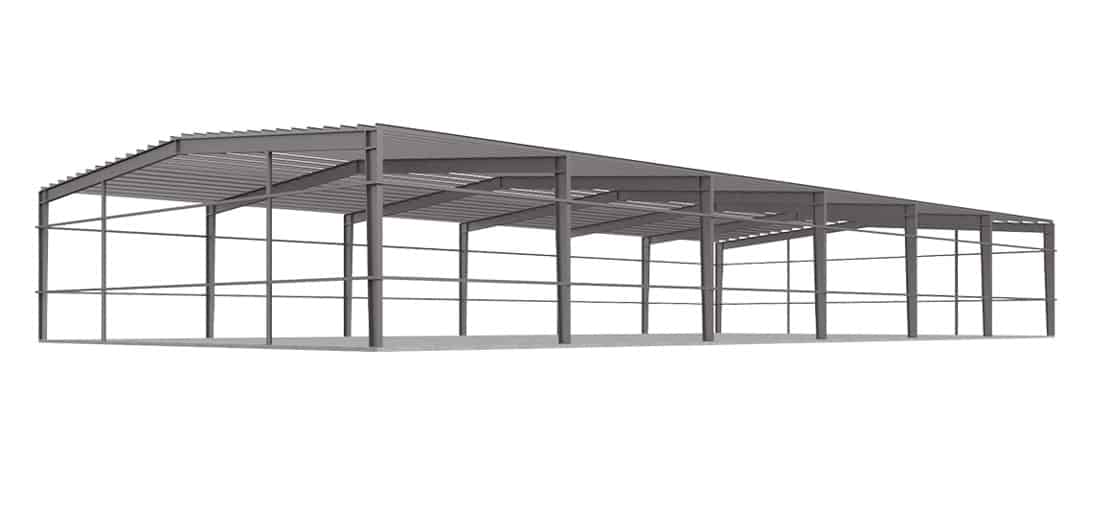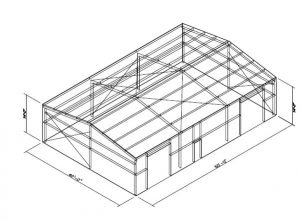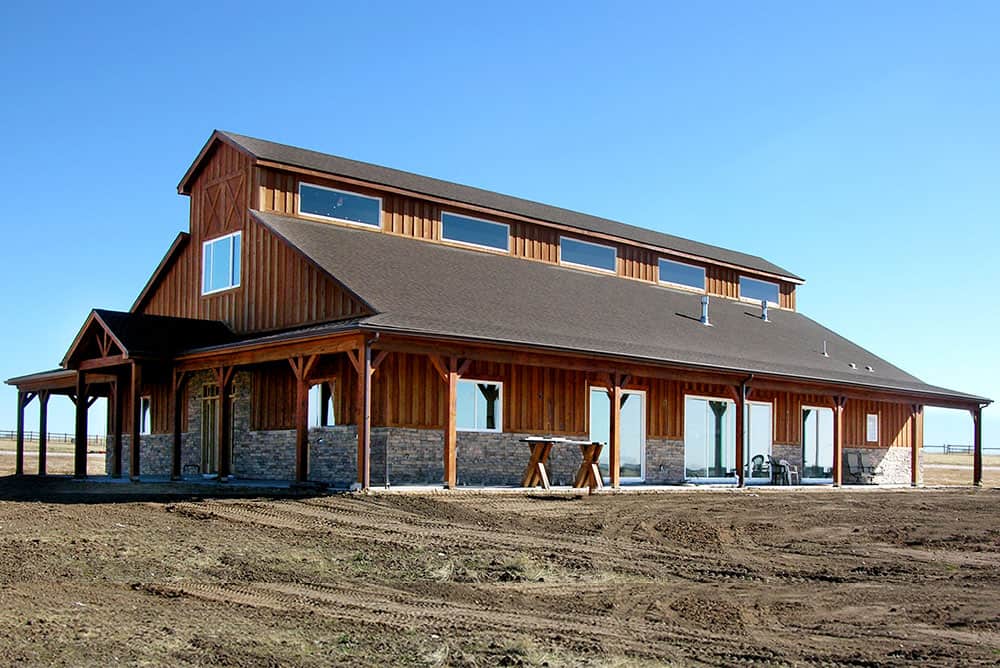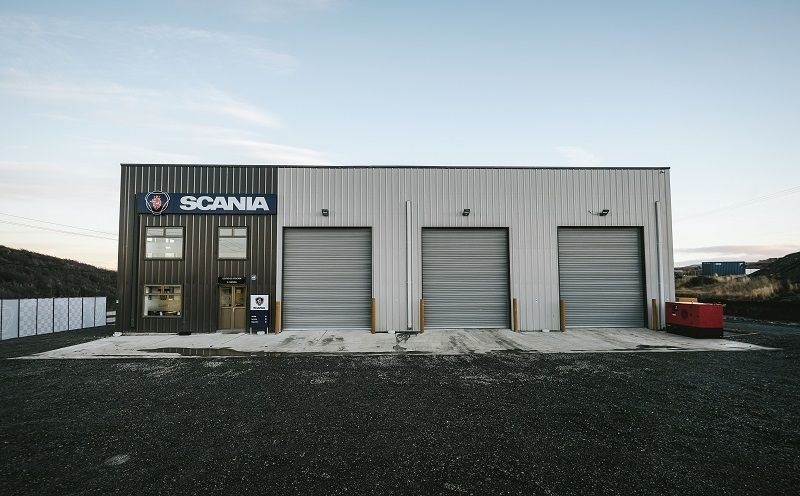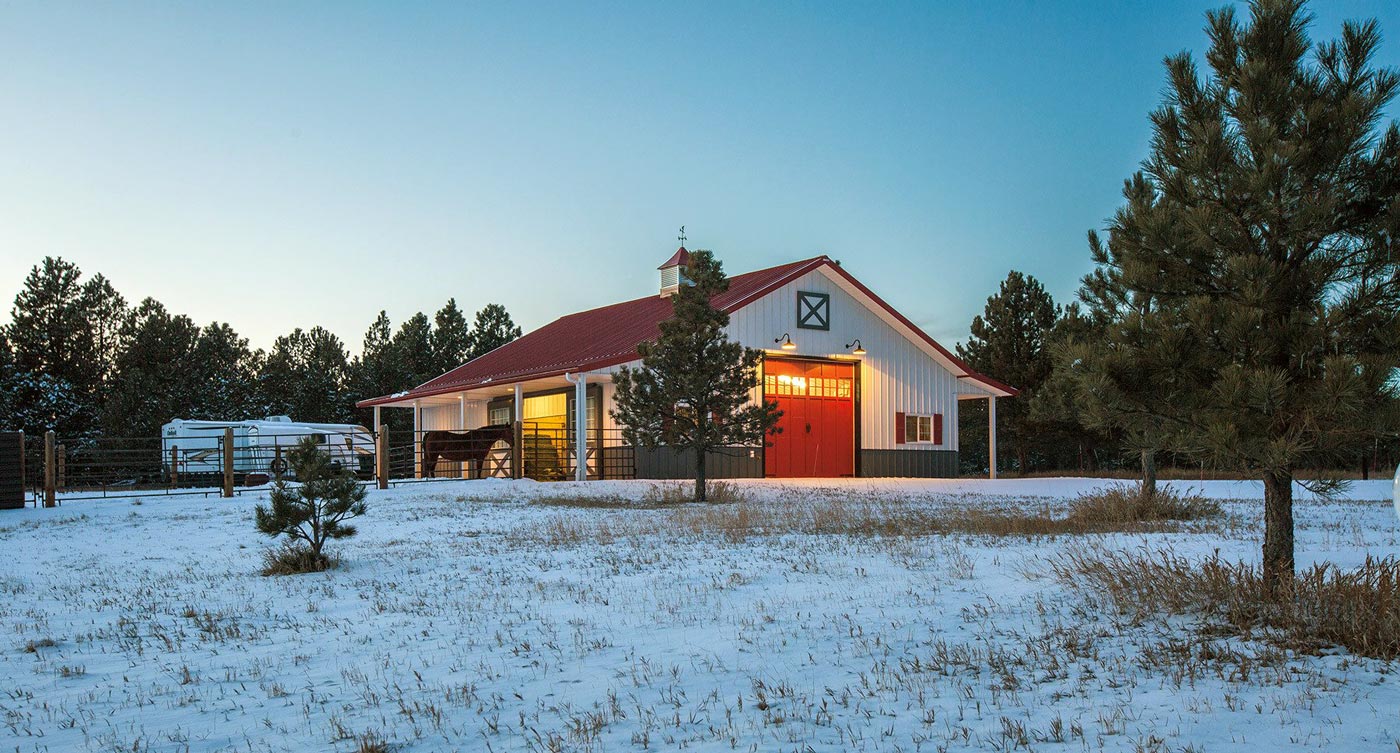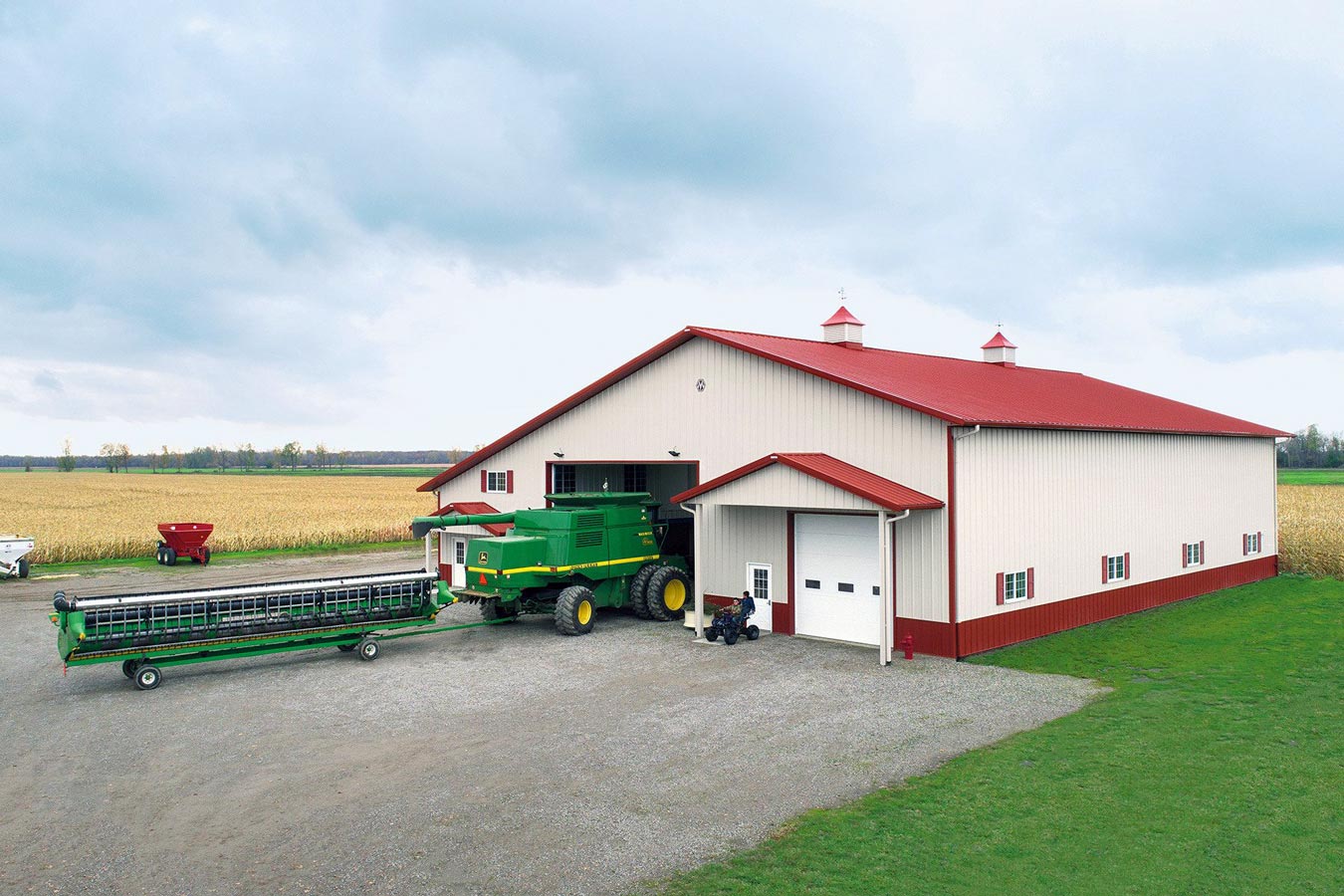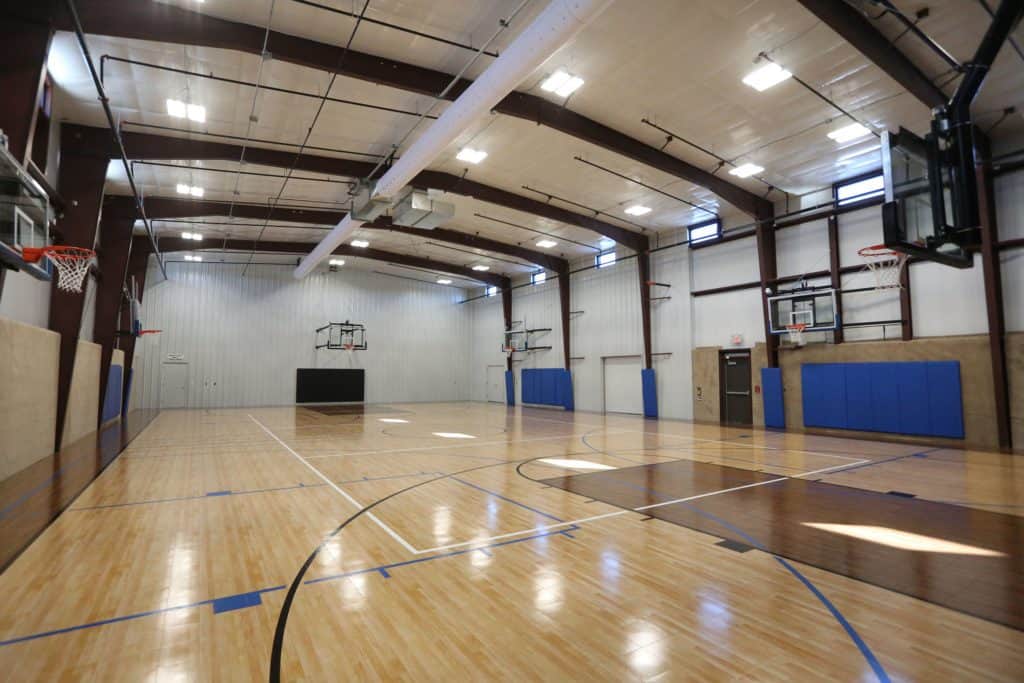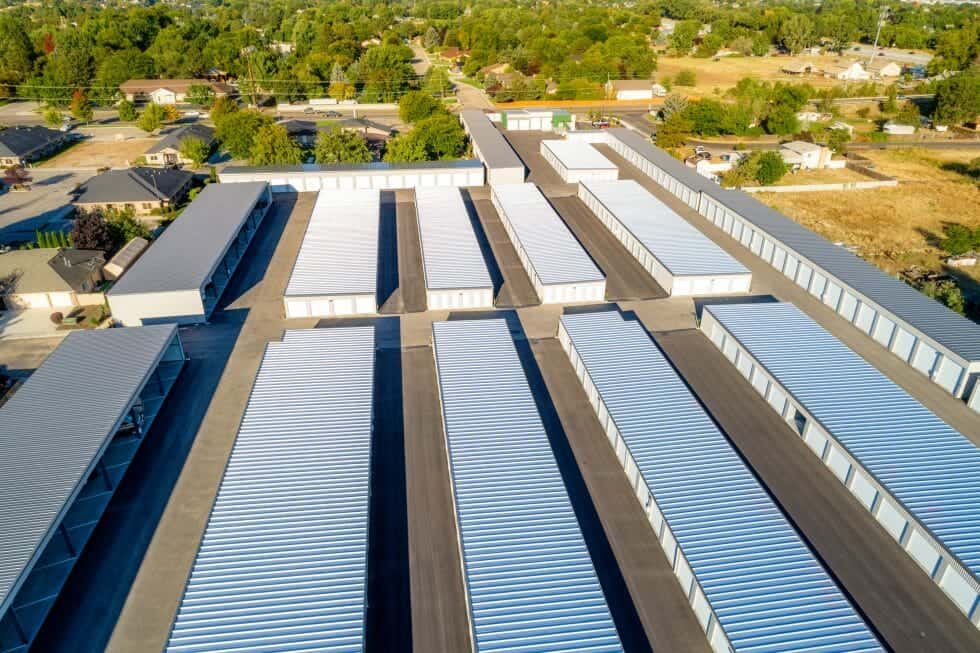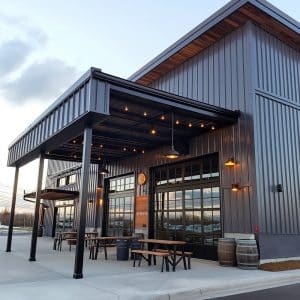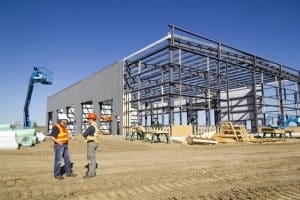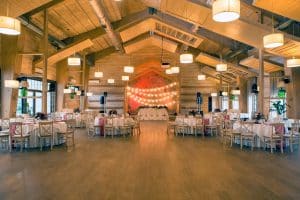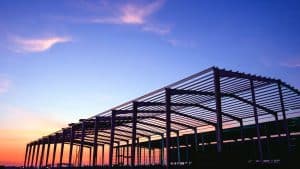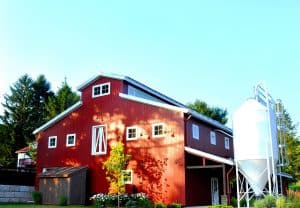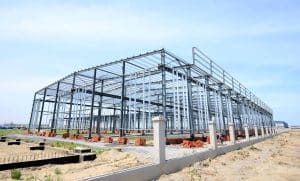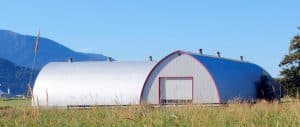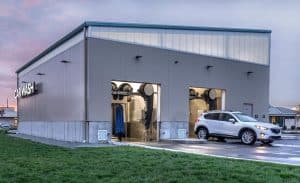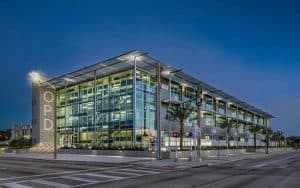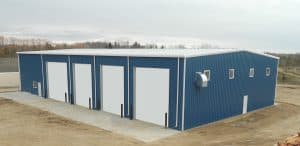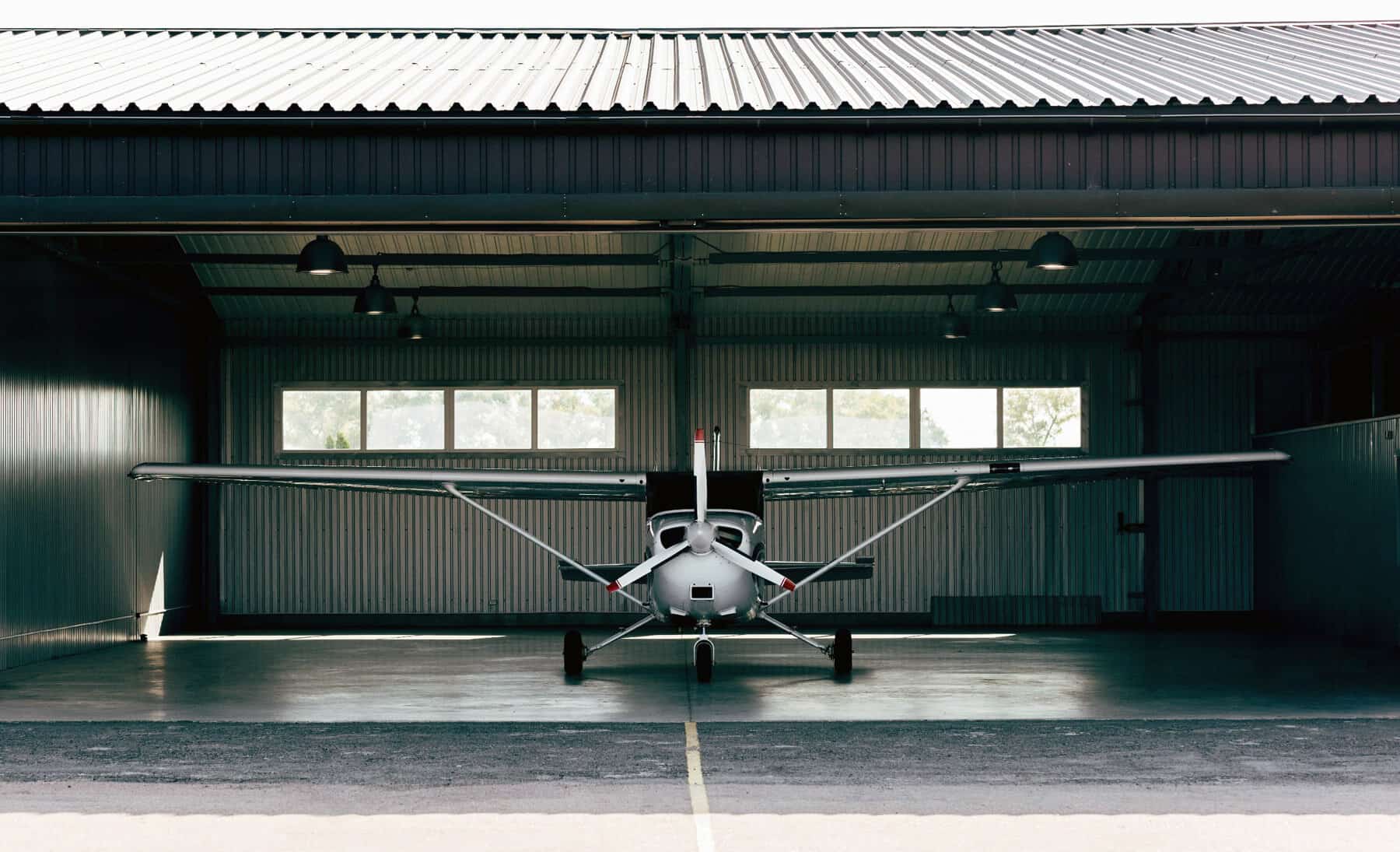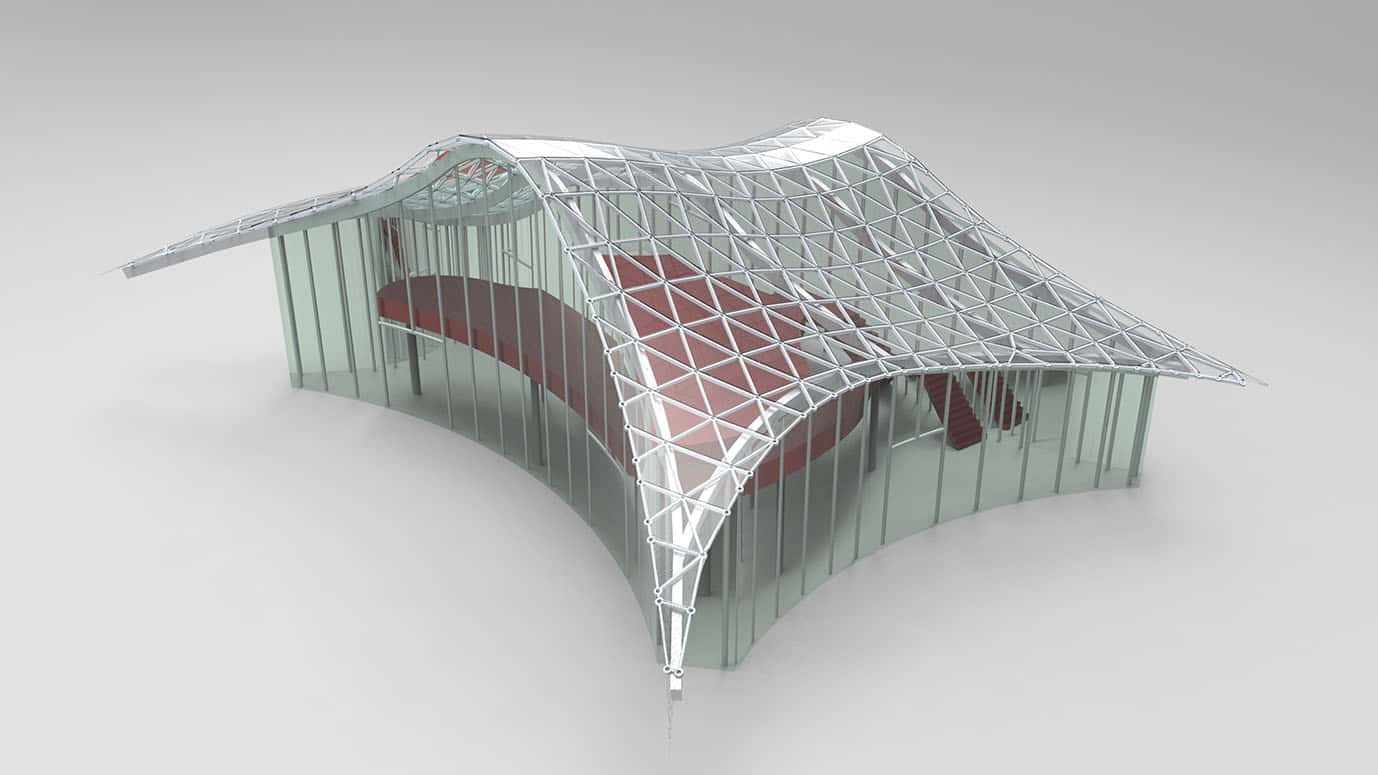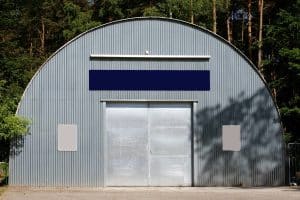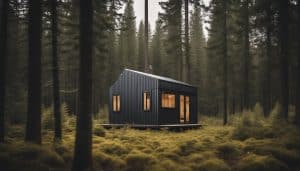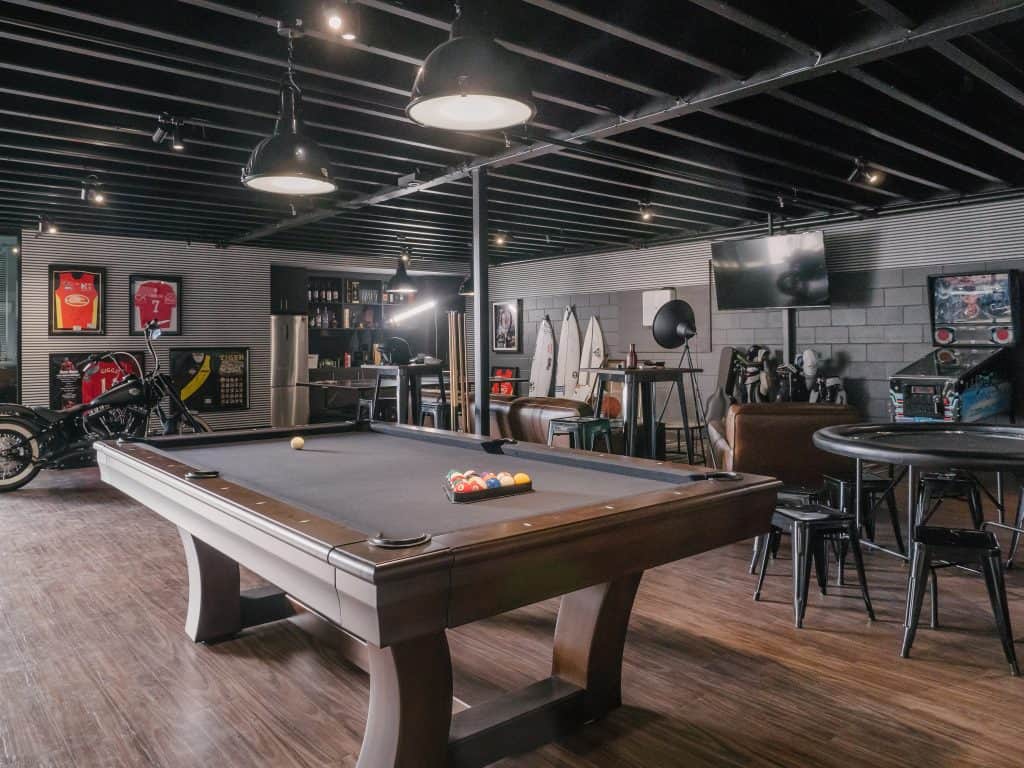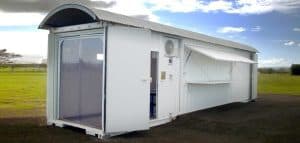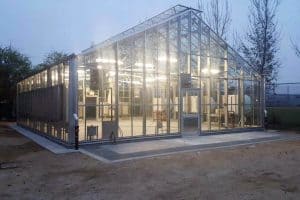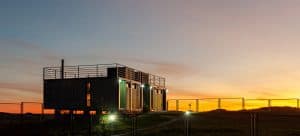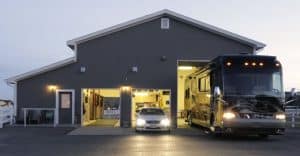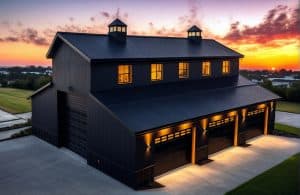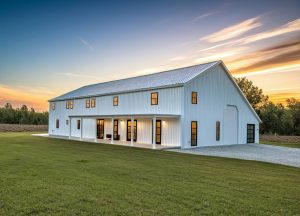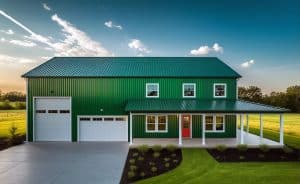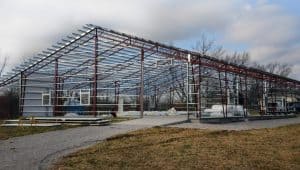Metal Building Kits For Sale
Let Us Help You Customize & Save On Prefabricated Steel Buildings
Get wholesale pricing and save up to 33%
Metal buildings offer a unique blend of strength, versatility, and cost-effectiveness. From small backyard sheds to large industrial complexes, metal buildings can be adapted to suit various needs and have become a popular choice for many construction projects.
Metal buildings are durable, low-maintenance, and can withstand harsh weather conditions better than traditional construction materials. Our metal building kits are made from high-quality steel that resists corrosion, rot, and pest infestations. This makes them a smart long-term investment for property owners looking to maximize their building’s lifespan while minimizing upkeep costs.
A key benefit of metal buildings are that they can be customized to fit specific requirements. They come in different sizes, shapes, and designs to accommodate residential, commercial, and industrial applications. With advancements in engineering and design, these structures can now be as aesthetically pleasing as they are functional.
- Metal buildings offer durability, versatility, and cost-effectiveness for various construction projects
- Steel structures provide superior resistance to weather, pests, and decay compared to traditional building materials
- Modern metal buildings can be customized to meet specific needs and aesthetic preferences
Types of Pre-Engineered Metal Buildings For Sale
Metal buildings come in various designs to suit different purposes. They offer strength, durability, and customization options for many industries and applications.
Agricultural and Storage Structures
Metal garage buildings are popular for farms and storage. Barns, sheds, and silos are common examples. These structures protect equipment, livestock, and crops from weather.
Pole barns use metal roofing and siding with wooden posts. They’re quick to build and cost-effective. Steel barns offer more durability and pest resistance.
Storage units made of metal are secure and low-maintenance. They can be climate-controlled for sensitive items. Large warehouses use metal framing for wide, open spaces.
Industrial and Manufacturing Facilities
Factories and workshops often use metal construction. These buildings need large, open floor plans for machinery and production lines.
Rigid frame structures are common in this sector. They allow for high ceilings and wide spans without internal supports. This design maximizes usable space.
Metal buildings can include insulation for energy efficiency. They also support heavy loads from equipment and inventory. Customizable features like overhead cranes can be easily added.
Commercial and Retail Buildings
Stores, offices, and restaurants use metal buildings for their versatility. These structures can have modern or traditional designs to fit any brand image.
Metal framing allows for large windows and open layouts. This creates inviting spaces for customers. Retail centers benefit from the quick construction time of metal buildings.
Steel structures offer flexibility for future expansions. They can be designed with high ceilings for multi-story offices or mezzanines for extra retail space.
Residential Metal Homes
Metal homes are gaining popularity for their strength and energy efficiency. They resist pests, fire, and severe weather better than traditional homes.
These houses can have various exterior finishes. Options include metal siding, brick, or stucco. This allows them to blend in with any neighborhood style.
Pre-engineered metal buildings make great shell homes. Homeowners can customize the interior layout. Metal roofs last longer than shingles and often lower insurance costs.
Commercial Structures
Benefits of Custom Metal Buildings
Metal buildings offer several key advantages over traditional construction materials. They provide long-lasting structures that are cost-effective and require minimal upkeep.
Durability and Longevity
Metal buildings are known for their exceptional strength and durability. Steel structures can last for decades with proper care. They resist damage from harsh weather, pests, and fire better than wood or brick buildings.
Many steel building manufacturers offer long warranties. Some even provide 50-year structural warranties, showing confidence in their products’ longevity.
Metal buildings don’t rot, warp, or crack like wood. They stand up well to high winds, heavy snow loads, and seismic activity. This makes them ideal for areas prone to natural disasters.
Cost-Effectiveness
Metal buildings are often more affordable than traditional construction. The materials are less expensive, and assembly is faster, reducing labor costs.
Prefabricated steel buildings can be erected quickly, sometimes in just days or weeks. This speedy construction means businesses can start operations sooner.
Insurance costs for metal buildings are typically lower due to their fire resistance and durability. Energy costs may also be reduced with proper insulation and reflective roofing.
Metal structures are easy to expand or modify as needs change. This flexibility can save money on future renovations or additions.
Maintenance and Repairs
Metal buildings require less maintenance than structures made of wood or brick. They don’t need frequent painting or treatments to prevent rot or insect damage.
Cleaning is usually simple, often requiring just a power wash. Repairs, when needed, are typically straightforward and cost-effective.
Steel is resistant to mold and mildew, which can be a problem in damp climates. This reduces health risks and maintenance costs.
Metal roofs can last up to 50 years with minimal care, compared to 20-30 years for traditional roofing materials. This longevity translates to significant savings over time.
Residential Buildings
Frequently Asked Questions
Metal buildings offer many benefits, but buyers often have questions about design, customization, and sourcing. Key factors include selecting the right designer, understanding kit options, considering dimensions, exploring residential customizations, and finding reliable suppliers.

